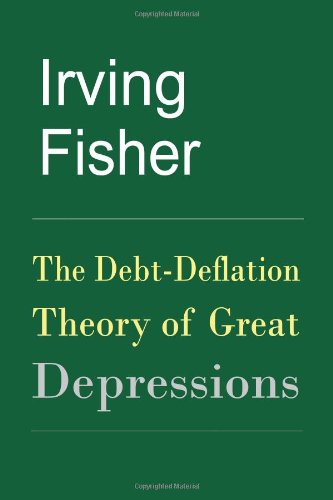[Theory] Videos
Debt as power is a timely and innovative contribution to our understanding of one of the most prescient issues of our time: the explosion of debt across the global economy and related requirement of political leaders to pursue exponential growth to meet the demands of creditors and investors.
The book is distinctive in offering a historically sensitive and comprehensive analysis of debt as an interconnected and global phenomenon. Rather than focusing on the historical emergence of debt as a moral obligation, the authors argue that debt under capitalism can be conceived of as a technology of power, intimately tied up with the requirement for perpetual growth and the differential capitalization that benefits ‘the 1%’.
Their account begins with the recognition that the histories of human communities and their natural environment are interconnected in complex spatial and hierarchical relations of power and to understand their development we need to not only examine the particularities of a given case, but more importantly their interconnected, interdependent and international relations. Since debt under capitalism is increasingly ubiquitous at all levels of society and economic growth is now the sole mantra of dominant political parties around the world, the authors argue that tracing the evolution and transformation of debt as a technology of power is crucial for understanding the ‘present as history’ and possible alternatives to our current trajectory
I owe you a dinner invitation, you owe ten years on your mortgage, and the government owes billions. We speak confidently about these cases of debt, but is that concept clear in its meaning? This book aims to clarify the concept of debt so we can find better answers to important moral and political questions.
This book seeks to accomplish two things. The first is to clarify the concept of debt by examining how the word is used in language. The second is to develop a general, principled account of how debts generate genuine obligations. This allows us to avoid settling each case by a bare appeal to moral intuitions, which is what we seem to currently do. It requires a close examination of many institutions, e.g. money, contract law, profit-driven finance, government fiscal operations, and central banking. To properly understand the moral and political nature of debt, we must understand how these institutions have worked, how they do work, and how they might be made to work.
There have been many excellent anthropological and sociological studies of debt and its related institutions. Philosophy can contribute to the emerging discussion and help us to keep our language precise and to identify the implicit principles contained in our intuitions.
Public debt has become a severe problem for a great many economies. While the effects of tax policies on the allocation of resources are readily derived, the mechanisms that make public deficits and debt influence the economy are not so easily understood. This book elaborates on the effects of public debt starting from the intertemporal budget constraint of the government. It is shown under which conditions a government can stick to the intertemporal budget constraint and then, demonstrated how public debt affects the growth process and welfare in market economies. The effects are derived for models with complete labor markets as well as taking into account labor market imperfections. The focus in this book is on fiscal policy issues, but it also deals with monetary policy aspects. The theoretical analysis is complemented with empirical time series analyses on debt sustainability and with panel studies dealing with the relationship between public debt and economic growth.
Debt as Power is a timely and innovative contribution to our understanding of one of the most prescient issues of our time: the explosion of debt across the global economy and related requirement of political leaders to pursue exponential growth to meet the demands of creditors and investors.
The book is distinctive in offering a historically sensitive and comprehensive analysis of debt as an interconnected and global phenomenon. Rather than focusing on the historical emergence of debt as a moral obligation, the authors argue that debt under capitalism can be conceived of as a technology of power, intimately tied up with the requirement for perpetual growth and the differential capitalization that benefits ‘the 1%’.
Their account begins with the recognition that the histories of human communities and their natural environment are interconnected in complex spatial and hierarchical relations of power and to understand their development we need to not only examine the particularities of a given case, but more importantly their interconnected, interdependent and international relations. Since debt under capitalism is increasingly ubiquitous at all levels of society and economic growth is now the sole mantra of dominant political parties around the world, the authors argue that tracing the evolution and transformation of debt as a technology of power is crucial for understanding the ‘present as history’ and possible alternatives to our current trajectory.
The credit crunch today is not destroying capital but recognising that capital was destroyed by misallocation in the years of irrational exuberance. If that is so, then we are entering a spiral of debt deflation that will play out slowly for years to come. To understand how that works, we turn to Professor Irving Fisher of Yale (1933).





